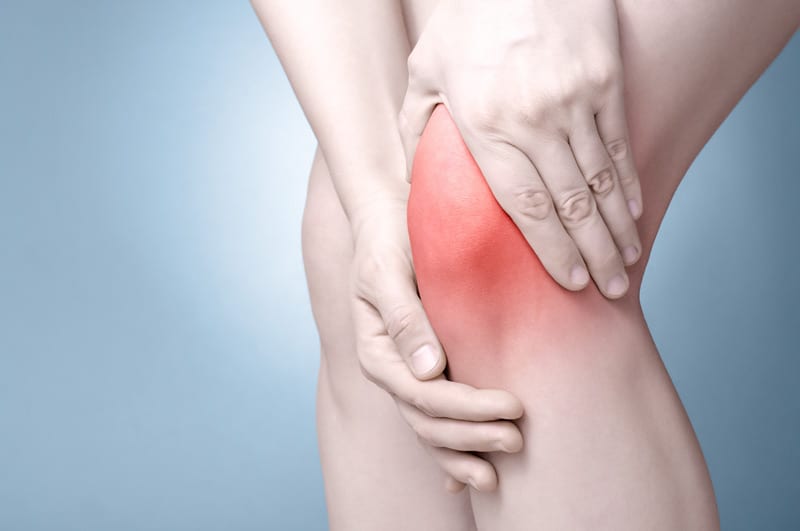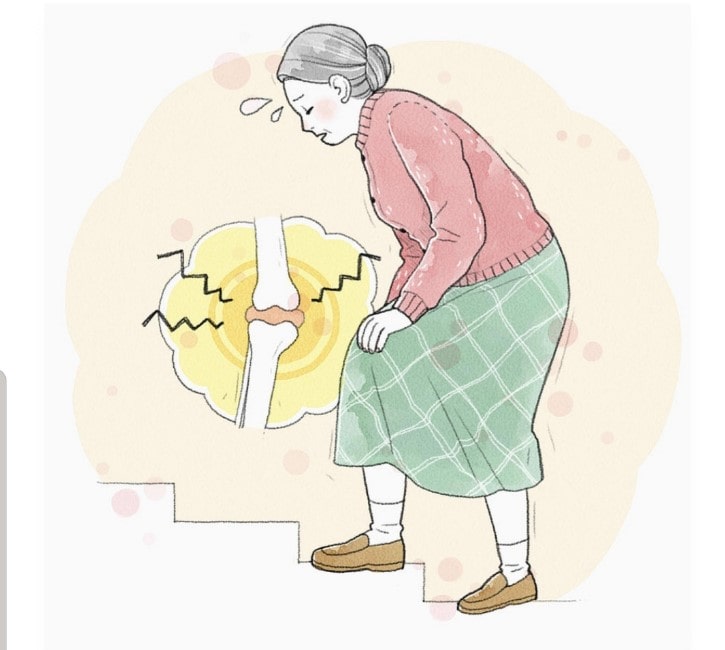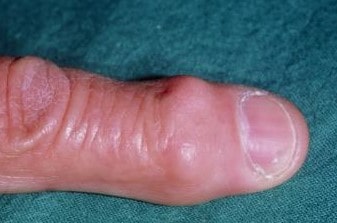Osteoarthritis

Osteoarthritis
What is Osteoarthritis?
Osteoarthritis, or OA, is the oldest and most common form of arthritis. In osteoarthritis, changes occur in both the cartilage and bone of joints that lead to joint pain, stiffness and swelling. OA also is known by many other names, such as degenerative joint disease, arthrosis, osteoarthrosis or hypertrophic arthritis. Risk factors for OA include being overweight, joint injury, muscle weakness,having other forms of arthritis, and heredity.
How does osteoarthritis affect joints?
In a normal joint, a firm rubbery material called the cartilage covers the ends of each bone. This acts as a cushion, or a shock absorber, providing a smooth surface between the bones.
In osteoarthritis, the smooth cartilage softens and becomes pitted, and with time sections of cartilages may be worn away completely, leaving the ends of the bones unprotected. Without their normal gliding surface, the joints become painful and difficult to move. As the cartilage breaks down further, the joint loses its shape, the bone underneath thickens and grow out of the sides (hook like spurs) further reducing movement.

What are the causes of Osteoarthritis?
The cause of osteoarthritis is not known, but researchers have shown that there are several factors that increase your risk of developing OA. These factors include heredity, obesity, injury to the joint, repeated overuse of certain joints, muscle weakness, nerve injury and aging.
What are the symptoms of Osteoarthritis?
OA symptoms tend to build over time rather than show up suddenly. Symptoms can vary depending on which joint is involved, as well as your age, weight, joint alignment, fitness and physical activity level. However, some common symptoms include:
- Persistent or recurring pain, aching or tenderness in and around a joint
- Stiffness and limited range of motion in a joint
- Mild swelling around a joint
- Clicking or cracking sound when a joint bends
- Enlargement or changes to the shape of a joint
Joints affected by osteoarthritis usually hurt or feel stiff during or after use. Stiffness after not moving for a while is also common. For example, you may find it hard to use the joint in the
OA in the Fingers

If your hands are affected by OA:
- They may be visibly swollen.
- You may develop bony growths (spurs) at the edges of your joints, causing them to become painful and enlarged.
- You may notice redness, swelling, tenderness and aching, especially in the early stages of OA as these bony growths are forming.
- You may feel pain at the base of the thumb.
OA in the Hips
If your hips are affected by OA:
- You typically will feel pain in the groin area or buttocks.
- You will feel pain on standing and walking.
- You may experience pain on the inside of your knee or thigh; this is called referred pain.
- You may limp when you walk.
OA in the Feet
If your feet are affected by OA:
- You may feel pain and tenderness in the large joint at the base of the big toe.
Your toes may press against the top of your shoe with pain at the knuckles of the feet. Wearing tight shoes and high heels may worsen the pain. of any finger
How is it diagnosed?
It’s possible that your doctor can diagnose your OA. To begin with, he’ll ask you to describe your symptoms and discuss how they’re affecting your life. Then he’ll ask about your personal and family medical history.
Additional procedures, such as X-rays, may be recommended to help confirm the diagnosis, rule out other causes of pain and assess joint damage. Joint aspiration, a procedure in which fluid is drained from the affected joints and examined, also may be used to rule out other forms of arthritis such as gout. Your doctor may conduct blood tests to rule out other diseases that cause joint pain such as rheumatoid arthritis.
What treatments are there?
If your feet are affected by OA:
- You may feel pain and tenderness in the large joint at the base of the big toe.
Your toes may press against the top of your shoe with pain at the knuckles of the feet. Wearing tight shoes and high heels may worsen the pain. of any finger
